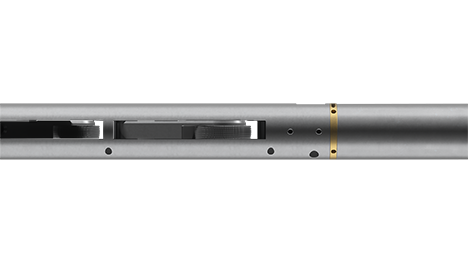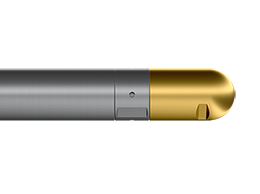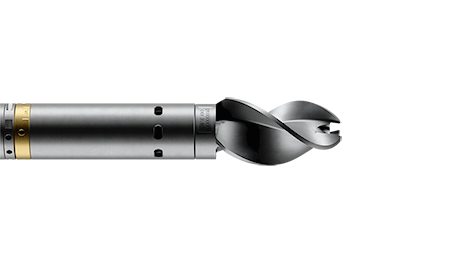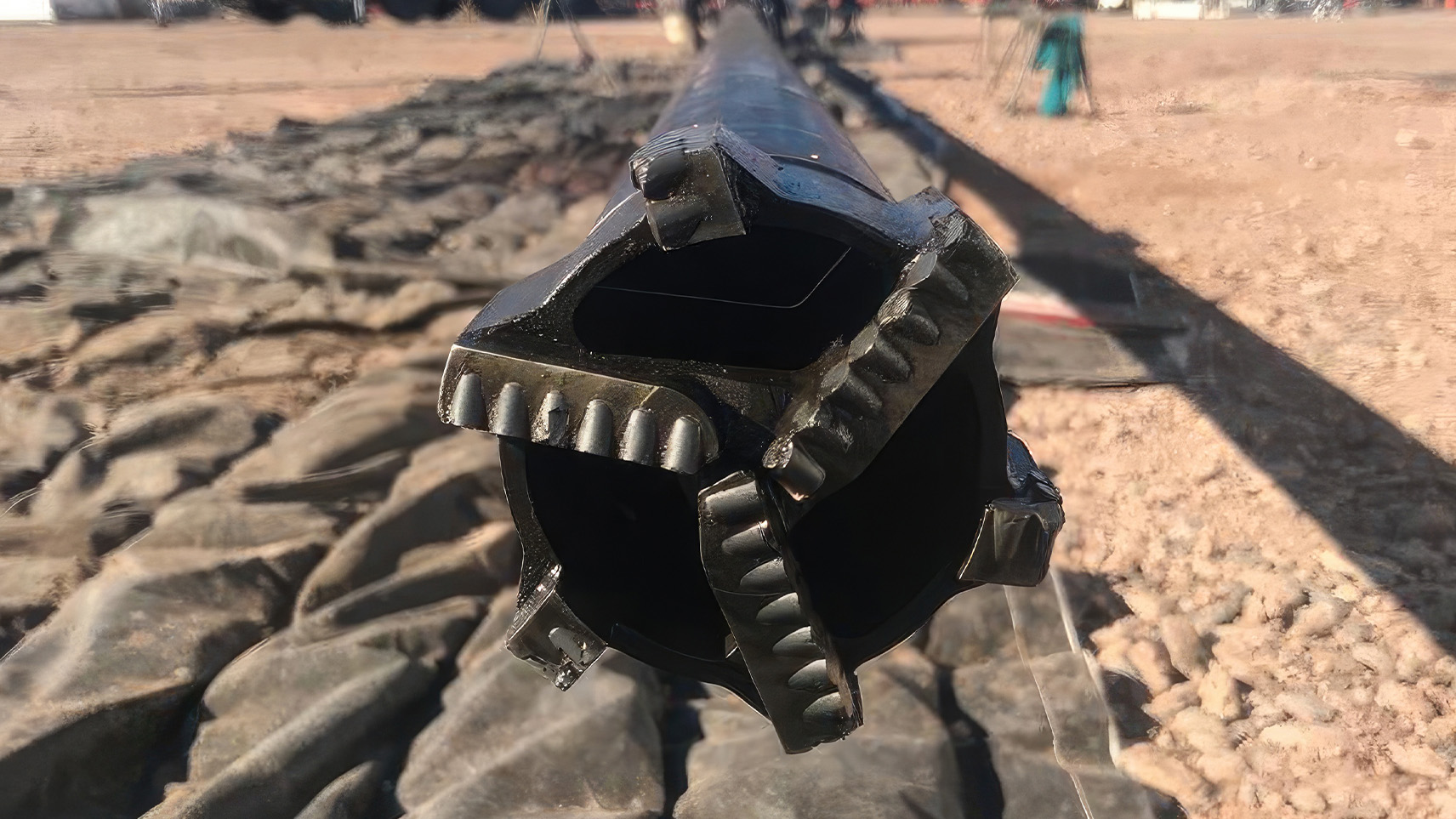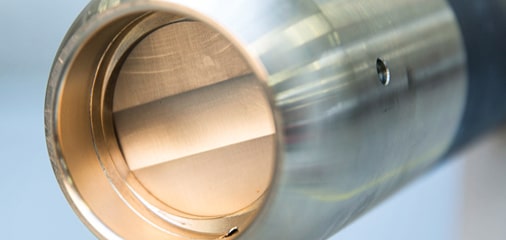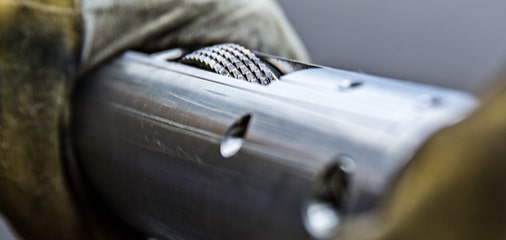Cleanout optimizes unconventional completion
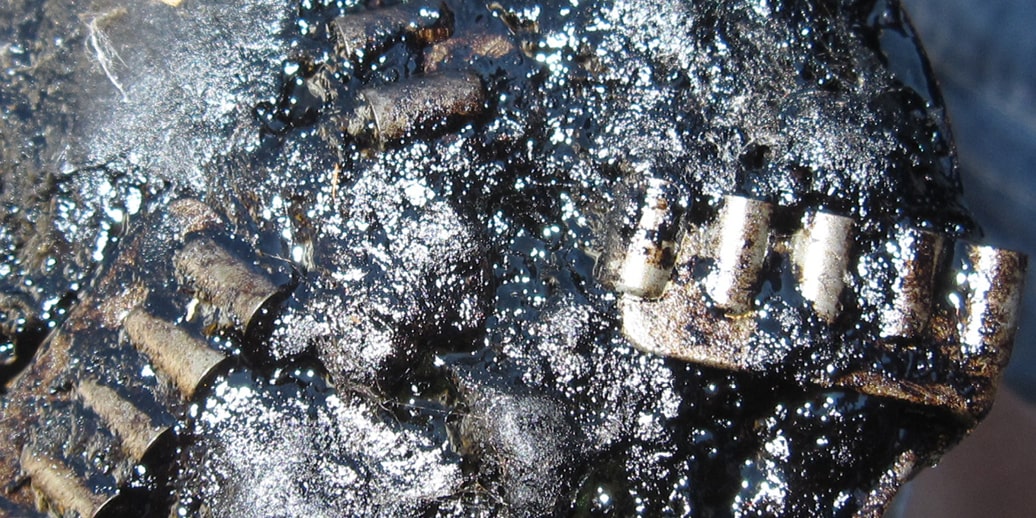
- Well type Horizontal oil well
- Max. pressure 3,851 psi
- Total depth 7,698 – 12,480 ft (2,347m-3,805m)
- Max. temperature 217°F (103°C)
Background
An operator in South Eastern Saskatchewan was looking for methods to optimize their completion procedures. They were running 4½ cemented liners with ~25 frac sleeves and a burst port located at the toe. The standard operation was to perform a mini-frac on the well with a surface recorder installed on the wellhead.
After acquiring data for 4-5 days the recorder would be removed and Coiled Tubing (CT) would perform a confirmation run to ensure the wellbore was clear of cement stringers/debris. Data from the mini-frac would typically not be received until the frac was completed.
The operator was very keen to optimize this process. Welltec® offered an e-line clean-out solution to provide the benefits they requested: reduced time, cost savings, more accurate data acquisition and a one run solution to clean the casing.
Operation
Two days after the mini-frac was pumped, Welltec rigged up with a Well Tractor® and Well Cleaner® Reverse Circulating Bit (RCB) with an expandable bit to remove the cement stringers. A Welltec Pressure Temperature (WPT) sub was incorporated into the toolstring to acquire subsurface pressure and temperature data from the toe of the well.
This toolstring was run to plug back total depth 12,533 ft (3,820m) KB removing cement stringers and leaving the casing walls clean of debris. The Casing Collar Locator (CCL) confirmed depth correlation and positioned the WPT at the burst port to perform a six hour pressure/temperature reading before logging the entire liner with CCL to locate and confirm the position of each frac port.
Client quote
“A large benefit is getting the DFIT (mini-frac) and pStar results prior to frac. Usually getting this data involves a longer well SI time, lost production post frac, extended completion time/costs, etc. Getting this data pre-frac enables us to make changes to the frac model based on the ACTUAL BHP/BHT, at NO additional cost.
A confirmation run with CTU and a motor will NOT get you an exact correlated PBTD depth, no CCL or BHP/BHT.
The run with CT also involves mobilizing a fluid pumper, N2 pumper, CTU, and flowback tanks and/or testers. Welltec’s RCB involves moving in the e-line mast unit, and occasionally a picker.
A wellbore CCL gives you the ability to confirm the exact location of the HZ frac ports to be identified and correlated back to the run liner tally. In one circumstance, a leak was determined in the liner post cementing. After running the Well Cleaner confirmation run, a GR/CCL/RBL was run in the same day. Upon viewing the RBL we were able to identify where there was a “washout” in the cement at a frac sleeve, and confirmed with the CTU deployed frac packer that the “washout” was the leaking sleeve. Having this data prior to running frac tools minimized many hours of multiple pressure tests, cycling charges, coil and packer fatigue.
The use of e-line/e-coil deployed tools during any fracture or stimulation of a vertical or HZ wellbore will be the next revolution in the industry.”
Trent Field, Completions
– Workovers Consultant
